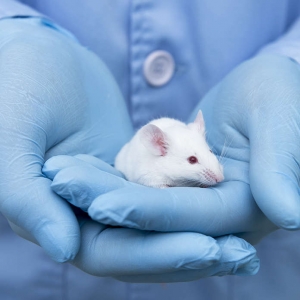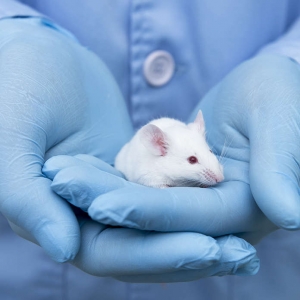The purpose of safety pharmacology evaluation is to predict and prevent unsafe factors during the use of a drug in human (or animal) populations. Our company has extensive expertise in drug safety evaluation, particularly in safety pharmacology evaluation, our professional scientists and advanced platforms provide efficient methods to accelerate rare disease therapy research and development.
Overview of Safety Pharmacology Evaluation
Safety pharmacology evaluation is an important part of the preclinical safety evaluation of new drugs, which evaluates and predicts the possible adverse reactions of new drugs in human clinical trials, including the central nervous system, cardiovascular system, respiratory system, gastrointestinal system, and renal system. In vitro, studies using molecular targets (enzymes, receptors, ion channels, etc.) suggest mechanisms by which a chemical may affect an organism, while in vivo evaluations are performed in intact and ideally unanesthetized animal models.

When potential adverse reactions of a drug endanger human safety, additional and/or supplementary safety pharmacology studies should be conducted as necessary. The purpose of supplementary safety pharmacology studies is to evaluate the effects of test drugs on organ functions other than the central nervous system, cardiovascular system, and respiratory system, including studies on the urinary system, autonomic nervous system, gastrointestinal system, and other organ tissues.
Applications of Safety Pharmacology Evaluation
- Assisting in the selection of candidate compounds in early drug discovery.
- Evaluate potential risks and adverse effects of drugs in preclinical studies.
- Signals identified in preclinical studies can serve as biomarker candidates.
- During clinical development, explain predicted and unpredicted side effect
Central Nervous System Evaluation
With animal models such as mini pigs, dogs, rodents, and non-human primates, the services provided include functional observation battery (FOB) studies, modified Irwin screen, body temperature monitoring, and large animal neurological evaluations.
Our company provides plethysmography in rodent and large animals with CV telemetry to support respiratory system evaluation services, we can perform tests such as hemoglobin oxygen saturation, respiratory rate, tidal volume and minute volume.
Cardiovascular System Evaluation
With animal models such as canines, rats, mini-pigs, guinea pigs, non-human primates, the services provided include electrocardiograms (ECGs), heart rate, blood pressure, ventricular and pulmonary pressure, and echocardiography.
hERG Tests
The hERG (human Ether-a-go-go related gene) test is used to gauge hERG channel protein activity. Our company provides automated patch-clamp, conventional patch-clamp and FluxORTM thallium assay to support hERG tests.
In addition to the above services, our company also provides supplemental safety pharmacology studies to further understand the mechanistic effects on life functions and evaluate potential adverse effects on other organ systems, including renal/urinary system study and gastrointestinal (GI) system study.





